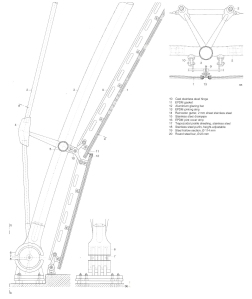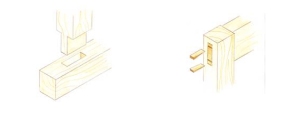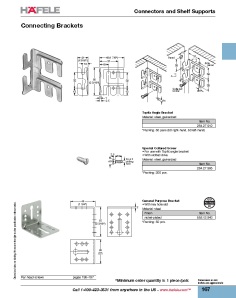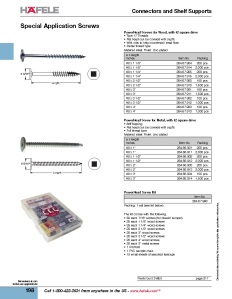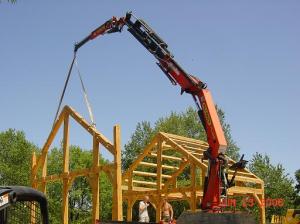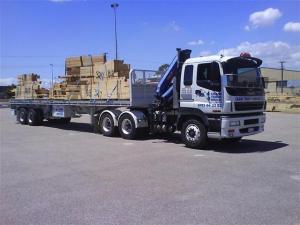METAL/STEEL
Today was spent in the workshop going through steel/metal working techniques etc.
Steel is a very appealing in that it is strong in both compression and tension and that is has a high strength to weight ratio (strength to weight ratio is a material’s strength divided by its density, the higher the ratio, the more strength per unit of weight). Steel has a ratio of 254 kNm/kg compared to a timber such as Oak that has a ratio of 87 kNm/kg (source: http://en.wikipedia.org/wiki/Specific_strength).
Steel is quite a robust material, reasonably resistant to environmental conditions and also to wear and tear.
Steel also offers greater flexibility than timber, both in terms of material strength properties as well as joining techniques. Many structures that would not be possible in timber can be done in steel.
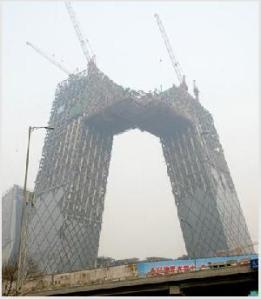
The disadvantages of steel are that it is not as easy to work with as timber. The most effective way to cut/shape steel is to use mechanical means, such as saws, drills and grinders. Whilst manual means such as hacksaws etc. are also possible, these can be very time consuming, especially when dealing with large structural members.

The fixing of steel is commonly done by bolts, welding, rivets etc. Out of these riveting and welding are permanent joints and are not suitable for disassembly. Bolts would be the preferred method. Welding would also require specific welding machinery that might not be available in remote East Timor conditions.
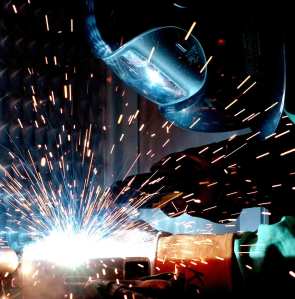

Below are some diagrams of standard steel/metal joints:




Steel, whilst being a comparatively lightweight material, it would still be impractical to expect to assemble a structure entirely out of steel members. Such a structure and each of its members would still be very heavy and difficult to move around. Thus for a structure that is designed to be assembled and disassembled, such a solution would not be suitable.
BAMBOO
More research has also been conducted into the use of bamboo as construction material.
Traditionally, there have been many examples of buildings and structures that have been constructed out of bamboo, so there is nothing particularly special or unique about the use of this material. The traditional way of working with bamboo has been to use ropes etc. to secure elements together. Although this method is highly effective, it requires skilled craftsman who have the skill. It is also time consuming and not easily disassembled.
Below are some examples and links of traditional bamboo fixing techniques
bamboo construction guidelines



In recent years, there has also been a lot of interest from architects etc. towards the use of bamboo as a potential construction material and many have investigated projects involving bamboo. Notable architects include Simon Velez, Renzo Piano, Shoei Yoh etc. Below is a link to some modern examples of projects that involved bamboo: modern bamboo architecture.
Out of these, Simon Velez’s projects seem to be on the largest and most elaborate scale and he seems to have the most experience with the material. However Velez depends on his own group of carpenters and builders who are very experienced with working with bamboo. The fixing method that is used also seems to be primarily with permanent nails and screw etc. Not easily taken apart. This is not suited to the particular requirements of this project.
Piano and Yoh’s work are most interesting in that the joining methods employed appear to be able to be easily disassembled. These could be very useful precedents for this particular project in East Timor.

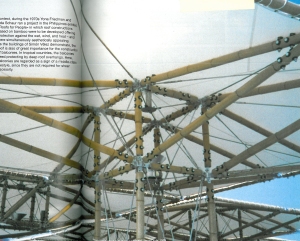
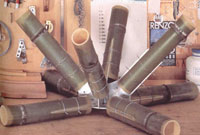
SCAFFOLDING
A rather interesting subject that has come up as a result of the investigations into bamboo structures. Bamboo scaffolding has always been a very important part of the construction industry in Asian countries. It has been known to be stronger and better than its steel counterpart. The flexibility in the bamboo members allows the scaffolding to flex and counteract the destructive forces of earthquakes and cyclones. Bamboo scaffolding is in fact fixed with wound ropes, just like in traditional bamboo construction. Whilst this is not particularly suited to this East Timor project, it has brought to attention the value of scaffolding as a quick, secure structure that can be easily transported, assembled and disassembled. Steel scaffolding works by using steel tubes as a basic component and assembling them together into large structures with a range of fixing components.
Therefore, further research was conducted into scaffolding components and how they work.












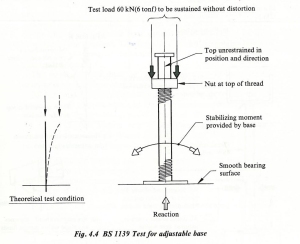
Scaffolding steel tubes hold a certain degree of similarity to that of bamboo posts. They hold similar physical properties in terms of strength, compression and tension characteristics. They are also similar in shape, in that both are cylindrical. Is there the possibility of using steel scaffolding fixing components to assemble bamboo members?
Some physical modelling was done to test this idea. Some discarded scaffolding parts were found and experiments were made to test whether it was actually possible to fix bamboo elements together with scaffolding components. Unfortunately, it was difficult to find bamboo elements of a large enough size, as such PVC tubes were used as a substitute. The experiment was quite successful. The joint was quite strong and there was also a small amount of adjustment possible to account for differing bamboo post sizes. The use of scaffolding components would mean that it would be possible to source a primary structural material (bamboo) locally and minimise transportation needs. And only transport the fixing components required for the structure.
REFLECTIONS
to use bamboo feasibly in this project, a quick and simple assembly/disassembly method is required. Traditional techniques are very time consuming and require expert knowledge.
precedents of Piano and Yoh’s projects and also of scaffolding components suggest possible joints that would allow simple assembly of parts together by anyone
such a joint system would also save a great deal of transportation as most of the structural elements could be sourced locally and only the fixing parts would be shipped to the site.
bamboo is vulnerable to deterioration over time, although this is not a big problem for the use of bamboo as it is a very cheap and readily available, whatever structural system is proposed will need to be able to replace structural elements easily.
it is also realised that all of the joints considered so far have required a kind of “sequential” assembly and disassembly, in that the structure could only be put together in a certain order. This reduces the flexibility of the structure and also can create a lot of problems for maintenance. An example of the problems that could result can be seen in the Nakagin Capsule Tower by Kisho Kurokawa, where the apartment capsules have to be unloaded in a certain order, so that to replace ones at the bottom would require all those above to be removed. This challenge will need to be resolved.
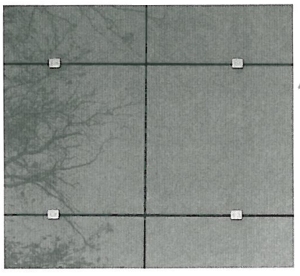





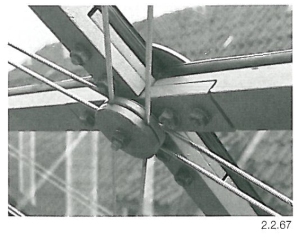





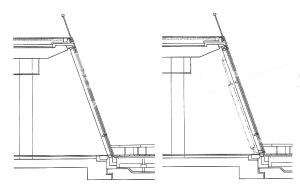






![Foto_Unicooler_1_klein[1]. Foto_Unicooler_1_klein[1].](https://qingye1987flatpak.wordpress.com/wp-content/uploads/2009/09/foto_unicooler_1_klein1.jpg?w=300&h=225)

















